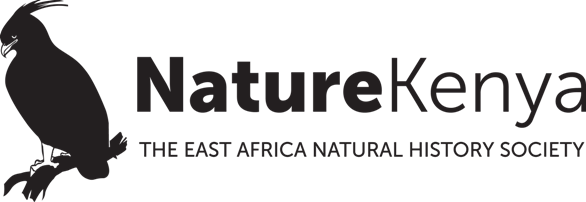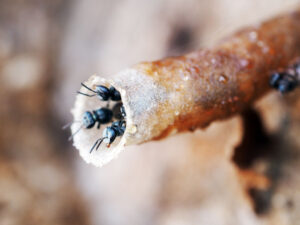Ondiri Swamp is an important wetland found close to Kikuyu town in Kiambu County. The swamp is bordered in all sides by extensive cultivation of a variety of crops. Such activities if not kept in control may threaten the lives of the swamps inhabitants. Many amphibians and some reptiles use wetlands like Ondiri swamp for their survival. Unfortunately, not much is known about amphibians and reptiles Ondiri Swamp. Opportunistic records mainly from ornithologists indicate that two endemic amphibians occur in Ondiri, these include the Bladder Reed frog (Hyperolius cystocandicans) also listed as vulnerable (V) in the IUCN Red List of threatened species and Kinangop Puddle frog (Phrynobatrachus kinangopensis). In light of all the threat facing this swamp it is important to document its biodiversity and so as to inform management decisions.
The Kenya Herpetofauna Working group visited Ondiri Swamp on 13th May 2022 in response to an invitation by the Ondiri Swamp management. The survey team of 15 participants also included four members of the friends of Ondiri Swamp. The day was bright and sunny signaling a great day a head. The team spilt into three groups for effective coverage of the swamp. While one group was wading through the middle of the wetland, the other two were walking along the edges of the. The survey went on from around 9:30 am to 1:30 pm when the group took a break as the sun was getting hotter and hence spotting the amphibians and reptiles became difficult. A few members of the team remained behind to conduct night sampling. The survey methods involved visual encounter surveys and hand-netting. A total of 16 hours of effort was expended at the site.
By the end of it all five species were recorded, comprising of three amphibians and two reptiles. Amphibian species include, the Nile Ridged Frog (Ptychadena nilotica) which was the most commonly observed species during the day; Peter’s Reed frog (Hyperolius glandicolor) and Marsabit Clawed frog (Xenopus borealis). The reptiles include, Von Höhnels Chameleon (Trioceros hoehnelli) which was found perched on Typha ssp and Stripped skink (Trachylepis striata) which was spotted basking on a tree at the edge of the swamp. At night the swamp came to life with loud calls of the reed frog as well as the Nile Ridged Frog. However, the team did not record both the Silver Bladder Reed frog and the Kinangop Puddle frog.
Why We Should Listen and Care for Amphibian Calls
The presence of these species in Ondiri swamp is significant as it is an indicator of a healthy wetland ecosystem. The calls of amphibians are some of the most beautiful, but sadly also some of the most threatened, sounds in the natural world. Over half of the world’s 6,000 amphibian species are now threatened with extinction, thousands are already lost. The primary cause of this decline is habitat loss and degradation, but a growing number of species are also being impacted by diseases, pollution, pesticides, and introduced predators. When amphibians disappear, it is not just their calls that are lost, but also the important ecological roles they play in both freshwater and terrestrial ecosystems.

